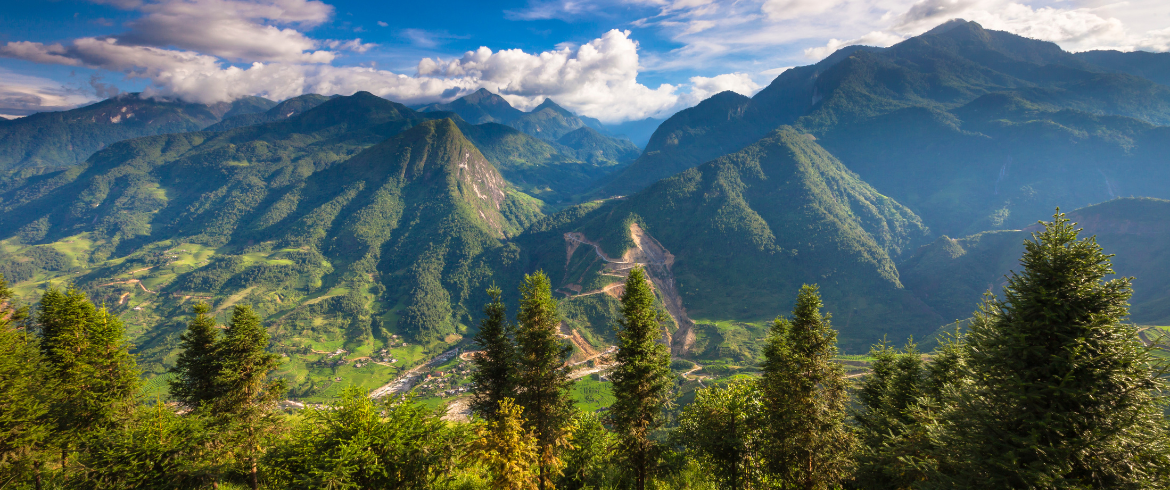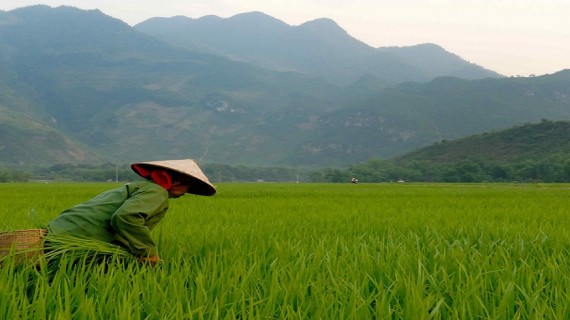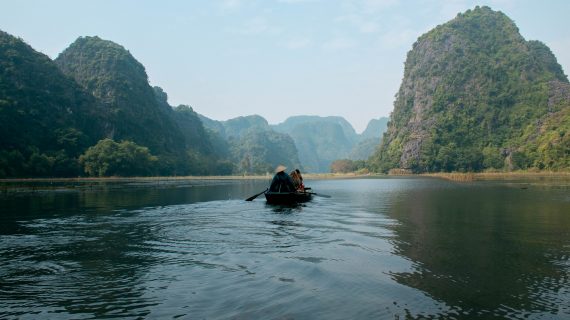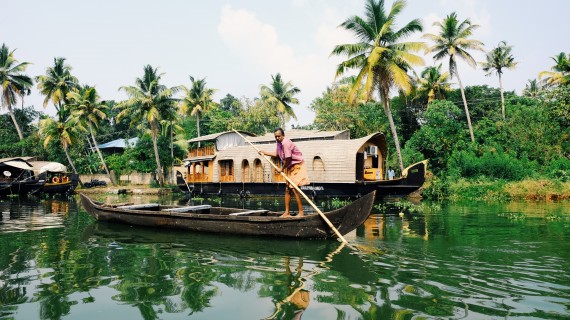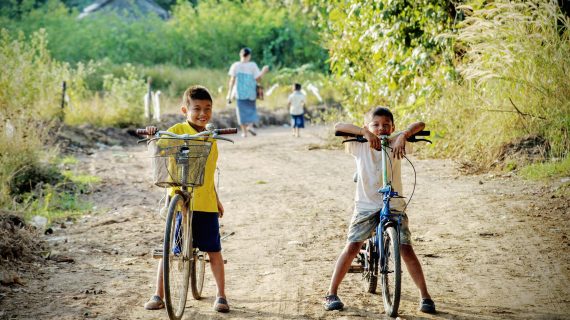Hidden in Vietnam’s far north, Hoang Lien National Park is one of the country’s most beautiful and biodiverse places. The park spans over 29,000 hectares of forested mountains near Sapa, in Lao Cai Province. It’s home to rare plants, animals, and several ethnic-minority groups who have lived here for centuries.
Visiting Hoang Lien is not just about trekking; it’s about experiencing how nature and culture coexist. This is where Vietnam’s wild heart still beats. In this article, you will discover Vietnam’s green heart with this Green Guide to Hoang Lien National Park. Learn how to get there, the best time to visit, eco-lodges, and an itinerary for responsible travel.
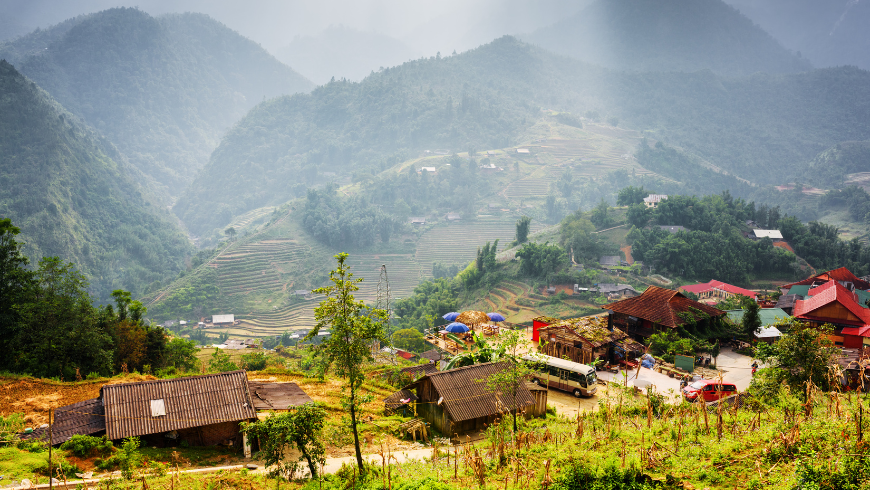
How to Get There
To visit Hoang Lien National Park, most travelers first arrive at Hanoi, Vietnam’s capital. Hanoi is the main gateway to northern Vietnam and has international connections from major Asian cities. I highly recommend spending some time in Hanoi before heading north; it’s an authentic and vibrant city that beautifully showcases Vietnamese culture, food, and daily life.
From Hanoi to Sapa, there are several ways to travel:
- By train: Take the overnight train from Hanoi to Lao Cai Station (about 8 hours). From Lao Cai, it’s a 1-hour scenic drive up the mountains to Sapa. This is the most classic and comfortable route.
- By bus: Sleeper or limousine buses go directly from Hanoi to Sapa town in about 6–7 hours. It’s faster and affordable, but less spacious than the train.
- By car or private transfer: The new highway makes it possible to reach Sapa in around 5–6 hours by car, though it has a higher carbon footprint.
Once in Sapa, the gateway to Hoang Lien National Park, you can explore the park’s main trails, villages, and waterfalls by local taxi, motorbike, or guided trekking tour.
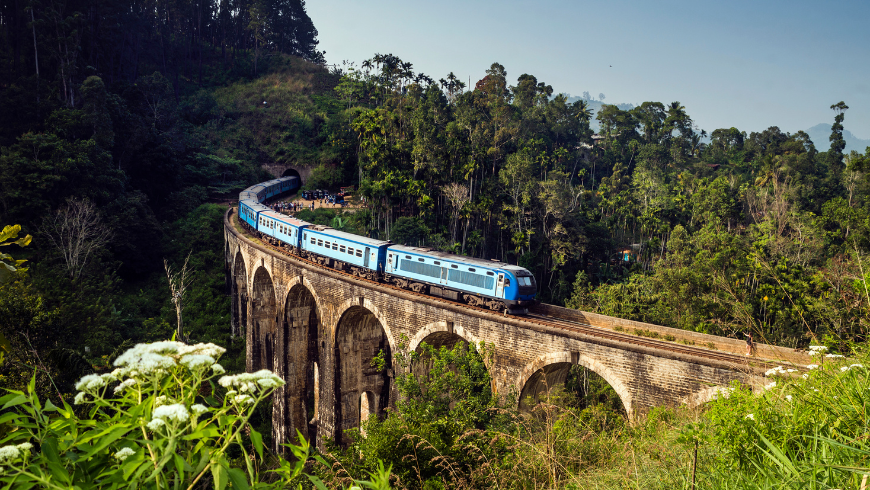
The train is a traditional and excellent way to travel, as it can accommodate many people and offers a comfortable, scenic journey through northern Vietnam.
Best Time to Visit Hoang Lien National Park
The park has a cool climate all year.
- March–May: Clear skies and warm weather, perfect for hiking.
- September–November: Golden rice terraces and crisp air.
- December–February: Cold and misty, but quiet and peaceful.
Note: Prefer May–June for vibrant green paddies and in September–October for golden harvest color. Avoid heavy rain from June to August. It’s still beautiful, but trails can be slippery.
Top Things to Do in Hoang Lien National Park
Explore Sapa
Before or after visiting Hoang Lien National Park, spend some time exploring Sapa town, the gateway to the mountains and a growing hub for ecotourism in northern Vietnam. The town promotes sustainable travel through community-based homestays, guided nature treks, and projects that support local ethnic-minority villages.
Walk through its lively central market, where ethnic-minority groups sell handmade textiles, herbal products, and traditional food. Visit the Sapa Stone Church, built during the French colonial period, and enjoy local dishes like grilled pork skewers or “thang co” soup at one of the small mountain restaurants. Sapa also offers many viewpoints overlooking the rice terraces (such as Ham Rong Mountain or the O Quy Ho Pass) where you can see endless layers of green or golden fields depending on the season.
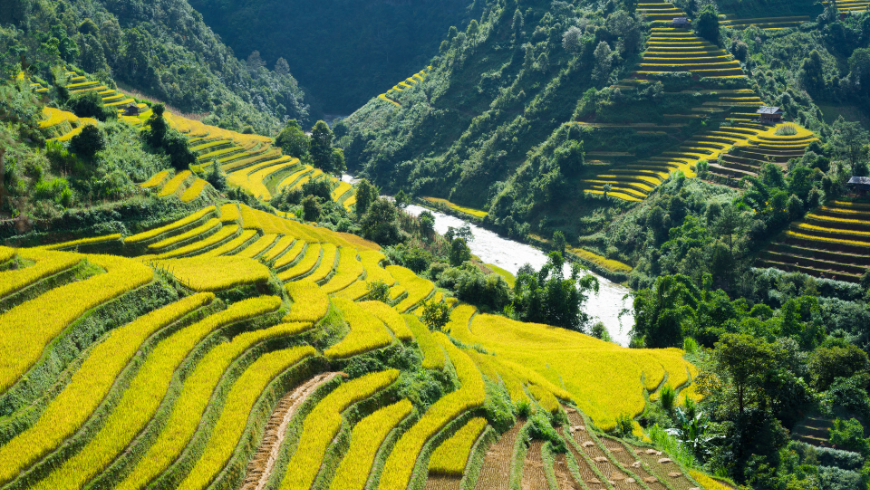
Trek to Fansipan Peak
If you are more adventurous, you can plan to climb Vietnam’s highest mountain, Fansipan (3,143 m), often called the Roof of Indochina. The trek usually takes two to three days, depending on your fitness level and chosen route. Most hikers start from Tram Ton Pass, following forest trails that cross bamboo groves, mountain streams, and misty ridges. Along the way, you can spot rare plants and enjoy views over Hoang Lien National Park.
If you prefer a shorter experience, take the Fansipan cable car, one of the longest in the world. It reaches near the summit in about 15 minutes, offering panoramic views of the valleys and cloud-covered peaks below. At the top, you’ll find temples, stone statues, and a viewing platform with breathtaking scenery, a must-see even if you don’t hike.
Visit Local Villages
A trip to Hoang Lien National Park isn’t complete without visiting its mountain villages. Walk or trek to Cat Cat, Lao Chai, and Ta Van, each offering a glimpse into the daily life of ethnic-minority communities, like the Hmong and Dao. Along the paths, you’ll see women weaving colorful fabrics on wooden looms, farmers tending rice terraces, and children playing by small streams.
Stop for a home-cooked meal or tea with a local family, it’s one of the most genuine ways to experience Vietnamese mountain culture. These villages are also surrounded by the park’s iconic terraced rice fields, which change color with the seasons: bright green in summer and golden in autumn. For a longer stay, choose a homestay, where you can sleep in a traditional wooden house and support community-based tourism.
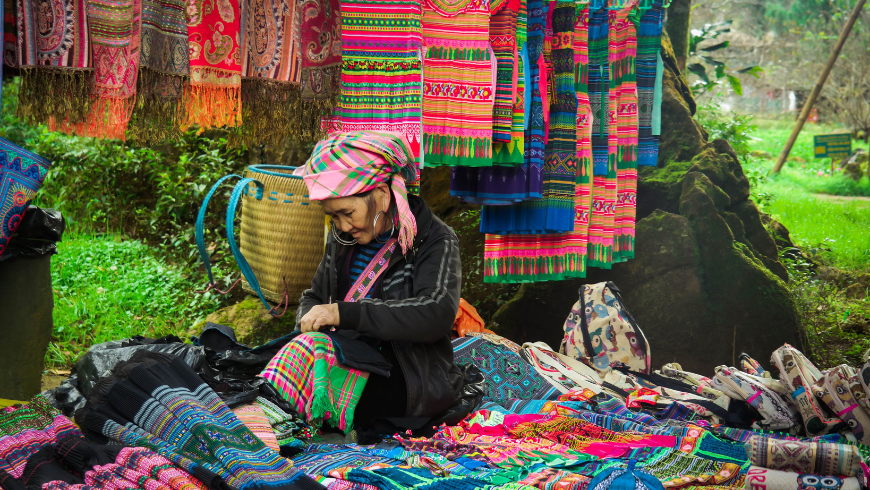
See Waterfalls and Valleys
The park is filled with beautiful waterfalls and scenic valleys, perfect for short hikes or photography. Don’t miss Love Waterfall, hidden among lush forest and named after a local legend, or Silver Waterfall (Thac Bac), which cascades down from 200 meters high, it’s especially beautiful after rain.
For something calmer, explore the Muong Hoa Valley, famous for its wide rice terraces and ancient stone carvings that are said to date back thousands of years. You can walk or cycle through small paths between villages, stopping at local cafés or viewpoints along the way. The landscape changes with the light, offering unforgettable views of Vietnam’s wild mountain beauty.
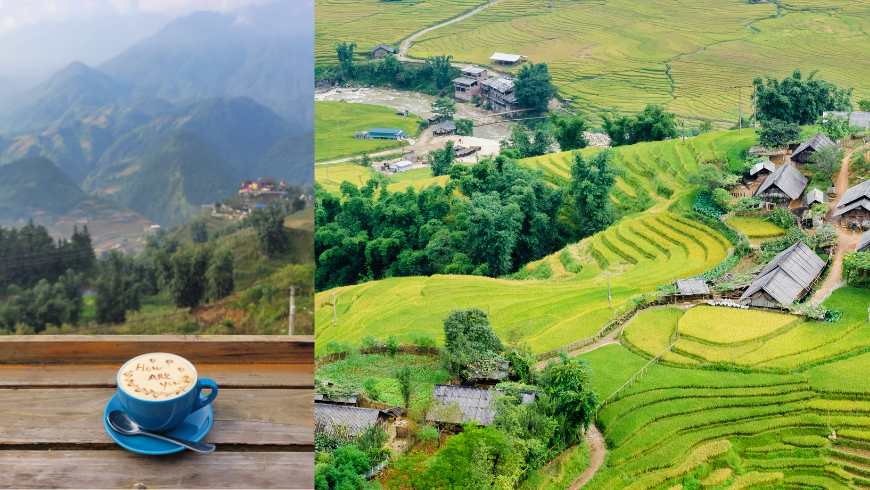
Responsible Travel Tips
Here are some tips for being a great tourist and respect the environment:
- Stay on marked trails and avoid littering.
- Carry a refillable water bottle.
- Hire local guides and buy handicrafts directly from villagers.
- Respect local traditions and ask before taking photos.
- Buy and support local communities.
Following these tips keeps Hoang Lien National Park clean and supports its communities.
Eco Stays and Green Travel
Topas Ecolodge
One of the best eco-friendly places to stay near Hoang Lien National Park is Topas Ecolodge, located about 18 kilometers southwest of Sapa town, roughly a 45-minute drive away. Perched on a secluded hilltop overlooking the Hoang Lien mountain range and the deep valleys of Muong Hoa, this boutique lodge offers a unique mix of Scandinavian design and Vietnamese heritage.
Built using local white granite and wood, Topas Ecolodge follows a strong sustainability philosophy: it runs partly on solar power, treats wastewater naturally, and avoids single-use plastics. The lodge also employs and trains staff from nearby ethnic-minority villages, helping to create long-term livelihoods in the community. Guests can unwind in an infinity pool with mountain views, join guided hikes or cycling tours, or simply enjoy the silence of nature.
More accommodations along the way
If you’re looking for a more local and immersive experience, consider staying in one of the community-run homestays in nearby villages such as:
Ta Van Village – A peaceful spot surrounded by terraced fields, ideal for travelers who want to live among the Giay people. Many homestays here, like Tavan Ecologic Homestay or Sapa Clay House, use natural materials and offer traditional meals.
Lao Chai Village – Home to the Black Hmong people, this village offers authentic wooden homestays like Eco Palms House, which blends local architecture with eco-conscious comfort.
Ban Ho Village – A bit farther from Sapa town, Ban Ho offers rustic riverside homestays and natural hot springs. Staying here supports community-based tourism initiatives that preserve traditional culture.
No matter where you stay, choosing eco-lodges or community-based homestays helps reduce your environmental footprint and ensures your visit directly benefits the people who have cared for these mountains for generations.
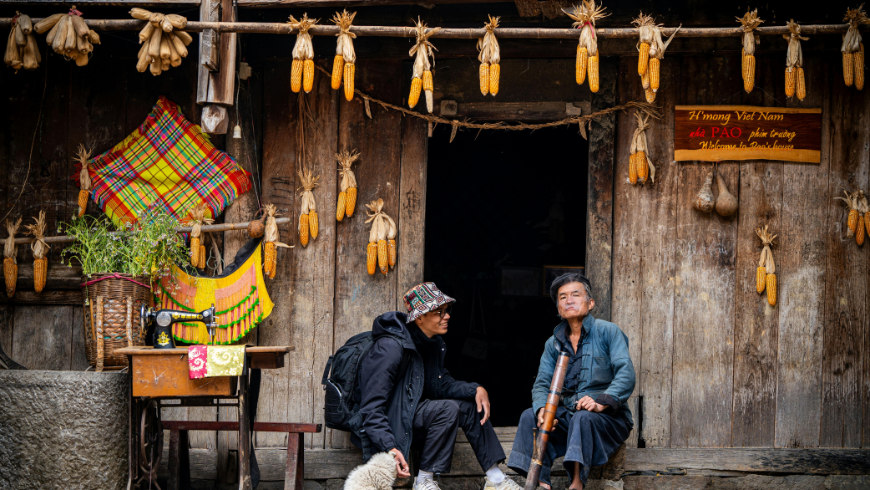
Final Thoughts
Whether you’re trekking to the top of Fansipan, cycling through rice terraces, or sharing a meal in a local homestay, Hoang Lien National Park invites you to slow down and truly connect, with nature, with culture, and with the people who call these mountains home.
As tourism grows in northern Vietnam, choosing eco-friendly travel makes a real difference. Supporting local communities, respecting the environment, and staying in sustainable lodges like Topas Ecolodge or village homestays helps protect this wild, beautiful place for generations to come.
So pack your hiking shoes, bring a refillable water bottle, and get ready to discover Vietnam’s wild heart, one step at a time.
